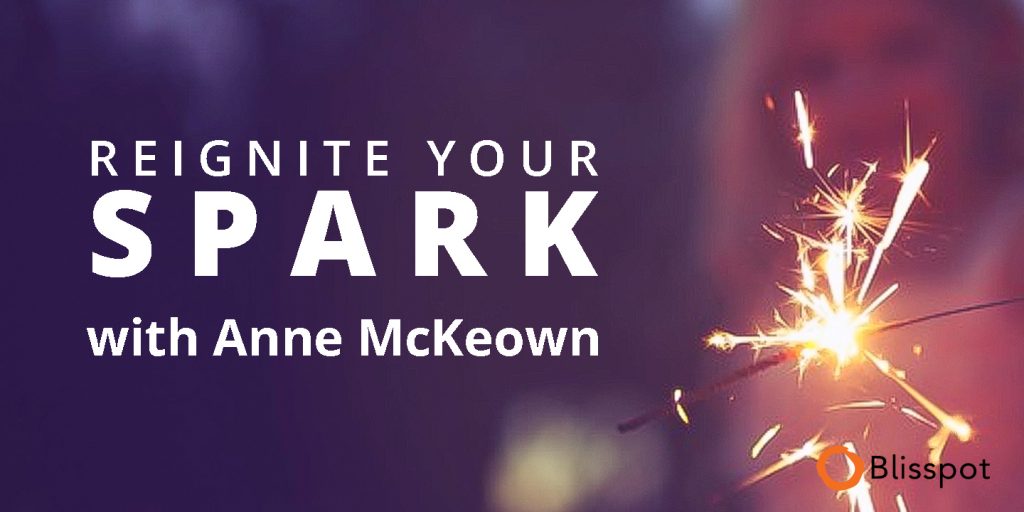Stress is the feeling of being under too much mental or emotional pressure. Pressure turns into stress when we feel unable to cope. We feel unable to cope when there is a mismatch between demands made (real or perceived) and our ability (real or perceived) to cope with them. It is the balance between how we view demands made on us, and how we think we can cope with them, that determines how stressed we feel. Two people may react differently to the same situation, for example, an event that is perceived as stressful for one person may be motivational to someone else.
Feelings of tension and anxiety are normal body reactions that take place when we become aware of a threat to our wellbeing. This is referred to as the fight or flight response. A physical reaction in our bodies that makes sure we can respond instantly to a threatening situation.

Our nervous system controls the fight or flight response. This is the system responsible for body functions that are not under our conscious control, i.e.: heart rate, breathing etc.… It is an instant reflex reaction which means we have little control over the starting up of the fight or flight response. However, we can learn techniques to keep our stress level low and prevent it from becoming overwhelming and leading to more distressful and unhealthy situations.
The hormone Adrenalin is released from the adrenal gland when the body activates the fight or flight response. This adrenalin triggers physical changes, e.g., stomach-churning sensations, fast breathing, heart palpitations, etc… When the worrying situation is dealt with these symptoms miraculously fade.
Stress can also be the negative side effect of insufficient pressure to drive our lives forward. Being stuck in a rut with little stimulation can be just as unpleasant as being loaded with too many tasks and not enough time.
Stress is not an illness in itself. However, it can cause serious illness if not dealt with.
It is very important to recognise the symptoms early
Behavioural symptoms: Insomnia, comfort eating, indecision, smoking, lack of concentration.
Emotional symptoms: Irritability, tearful, withdrawn, anxious, angry.
Physical symptoms: Headaches, dry mouth, clammy hands, ringing in ears.
Many of us use ingrained unhealthy habits to hide our stress or forget what is troubling us, i.e., alcohol, rich food, shopping, TV. Such problems occur when stress becomes an ingrained habit rather than a useful resource.
It’s important to learn what help you de-stress and use these techniques regularly.
Here are a few of my suggestions:

- Blow all your stress into a balloon until your lungs are empty, tie a knot and hit it away. Allow your stress and worry to disappear with the balloon.
- Breathe in for the count of 7 and out for the count of 11. As you breathe out, be aware of your shoulders dropping, your brow smoothing and your lips curling upwards (into a gentle smile).
- Watch a comedy or read a joke book.
- Listen to music you love.
- Go for a brisk walk.
Let us know what worked for you.
Need more help conquering stress? Check out our top four stress busters.








